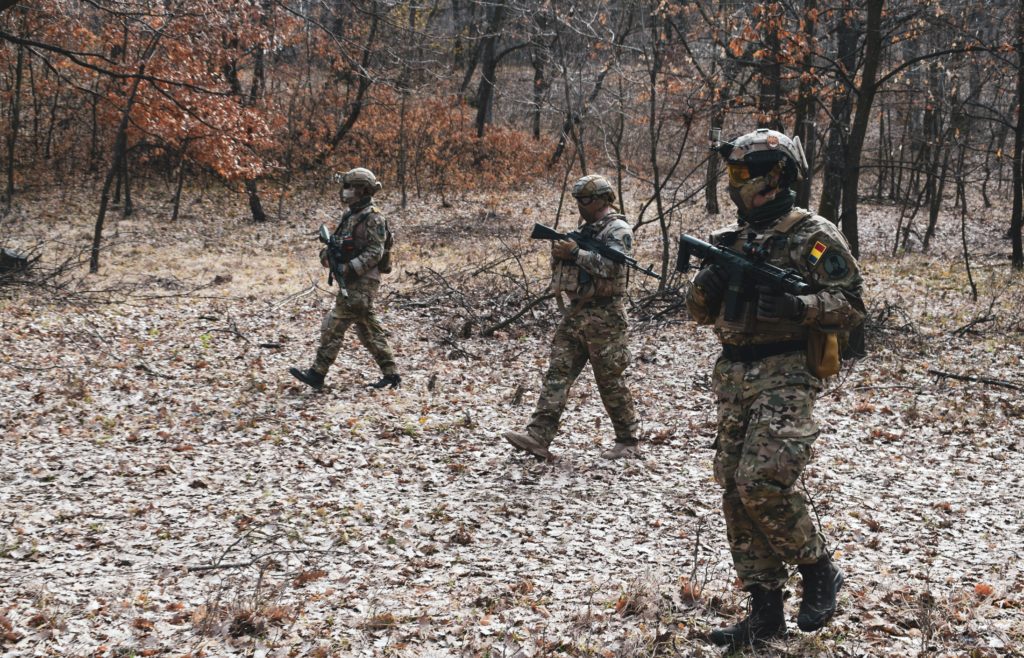
Future Trends in Level IV Body Armor: Nanotechnology, Smart Materials, and Beyond
Body armor has been around for centuries, but with advancements in technology, it has become more effective in protecting our military, law enforcement, and civilians. Today, level IV body armor offers the highest level of protection against firearms, but with advancements in materials science and nanotechnology, the future of body armor looks even brighter. In this blog post, we will explore the future trends in level 4 body armor, including nanotechnology, smart materials, and beyond.
Nanotechnology is one of the most promising areas of research when it comes to developing the next generation of body armor. By manipulating materials at the nanoscale level, scientists can create materials that are stronger, lighter, and more resilient than traditional materials. For example, researchers from the University of Michigan have developed a new type of body armor that uses nanomaterials to disperse energy from a bullet or blast, making the armor more effective at protecting the wearer. Additionally, researchers are exploring the use of carbon nanotubes, which are incredibly strong and stiff, to create lightweight body armor that still provides superior protection.
Smart materials are another future trend in level IV body armor. These materials can sense changes in their environment and respond accordingly, making them useful for detecting and deflecting projectiles. For example, researchers at the University of Texas have developed a composite material that can identify incoming bullets and move to deflect them, making the armor even more effective at protecting the wearer. Additionally, smart materials can be programmed to detect the location and severity of impact, allowing for better post-event analysis and overall safety.
While nanotechnology and smart materials are exciting developments in the world of body armor, they are just the tip of the iceberg. Researchers are also exploring the use of materials such as graphene, which is a single layer of carbon atoms that is incredibly strong, lightweight, and flexible. Graphene can be used in a variety of applications, including body armor. Additionally, researchers are working on creating body armor that can self-heal, which would allow the wearer to continue using the armor even after it has been damaged in combat.
Another area of research in the world of level IV body armor is the use of biologically inspired materials. For example, researchers at the University of California, Riverside are studying the structure and properties of abalone shells, which are incredibly strong and durable, to develop new materials for body armor. By mimicking the structure of abalone shells, researchers hope to create body armor that is stronger, more durable, and more effective at protecting the wearer.
The future of level IV body armor looks incredibly promising, with advancements in nanotechnology, smart materials, graphene, and biologically inspired materials all contributing to the development of the next generation of body armor. As technology continues to evolve, we will continue to see improvements in the effectiveness and durability of body armor, making it safer for our military, law enforcement, and civilians. We can only imagine what the future holds, but one thing is certain – the future of body armor is bright.
For more great articles, please click here.